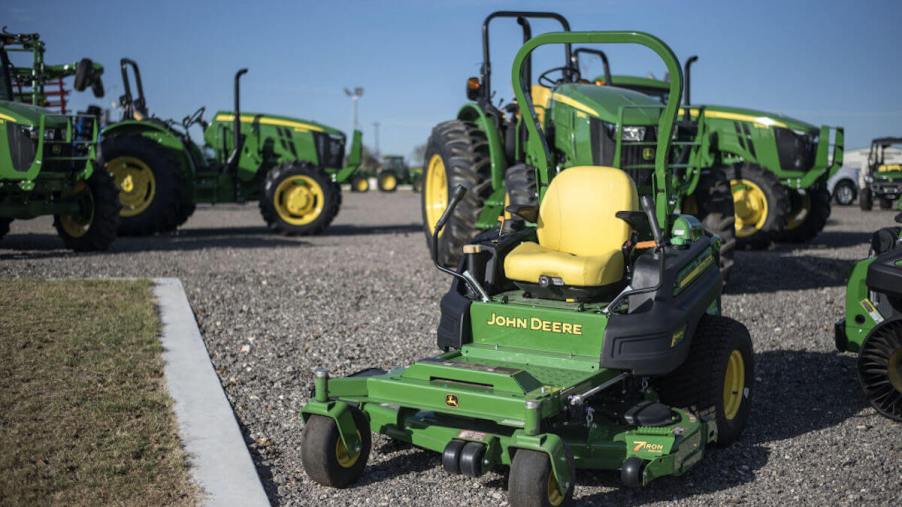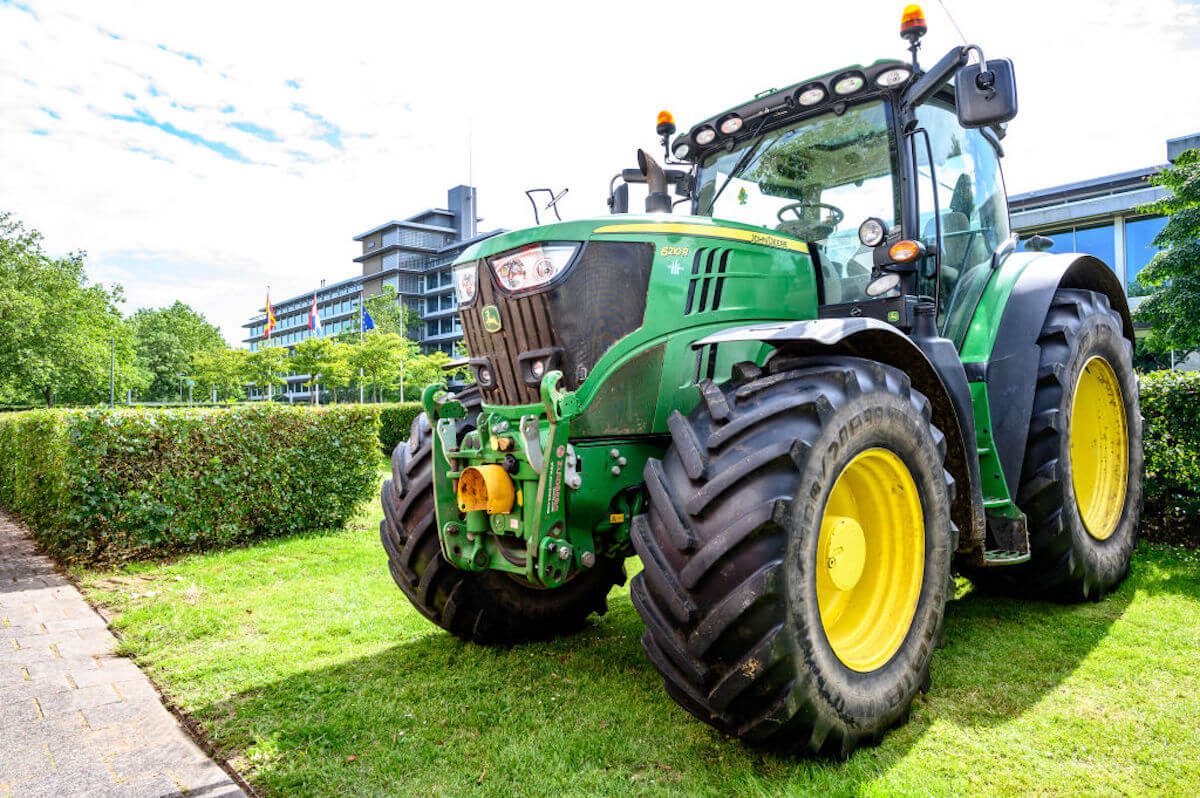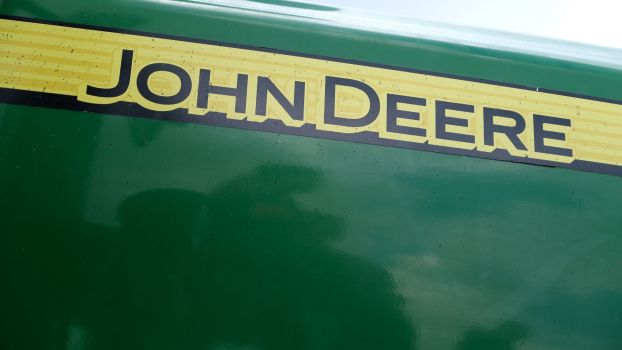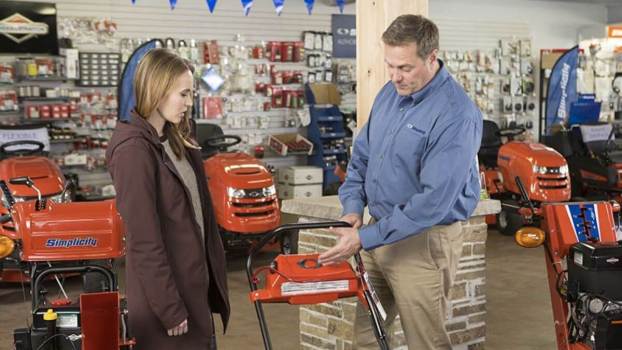
Why Did John Deere Share 1 Safety Invention for Free With Competitors?
Despite horror stories about automakers cutting corners to save a buck, manufacturers don’t always place profits above consumer safety. Take, for instance, John Deere. After patenting technology for its Roll-Gard rollover protection structures (ROPS), the tractor maker shared the innovation with competitors for free.
How effective are ROPS at saving lives?

Farming is a dangerous profession. The National Tractor Safety Coalition reports that approximately 26.7 of 100,000 American farmers die on the job yearly. An enormous industry exists to develop and produce safety equipment that can lower that number.
Side and rear overturns play an outsize role in those deaths. In fact, tractor rolls cause about 96 deaths annually. It’s easy to assume those fatalities result from inexperienced farmers doing dangerous things on tractors, but most are seasoned and have been working at their professions for years. Seven out of 10 farms affected by the death of a farmer due to a tractor rollover shutter their businesses.
Further data reveals that one in seven farmers become permanently disabled. These numbers are tragic, but they don’t have to be.
Rollover protection structures create a shield around the driver. If the tractor flips, the ROPS increases the chances the operator won’t be crushed under the machine’s weight. A ROPS is more effective when the user wears a seat belt.
ROPS are available on many tractor models. However, according to the National Tractor Safety Coalition, only about half of U.S. tractors have this critical safety feature.
The numbers show that tractors with ROPS are drastically safer than those without this critical safety feature. ROPS are 99% effective at preventing injury and death when used in conjunction with a seat belt. The number drops to 70% when the operator doesn’t wear a seat belt, but that’s still an impressive success rate.
When were John Deere Roll-Gard ROPS invented?
John Deere takes safety seriously, spending considerable resources on researching ways to keep anyone who uses its products safe. The John Deere Roll-Gard ROPS is one example.
The American tractor and lawn mower maker released it patented Roll-Gard in June 1966. Testing dated back to 1963 before John Deere believed the new technology was stable. The company put each tractor with a Roll-Gard through its paces to ensure the bolts and welds could handle over 5,000 pounds falling on them.
Once it became clear this new technology would save lives, John Deere shared it with competitors. The company could have used its innovation as a marketing tool to show its products were far safer than others. That would have doubtless boosted sales, but John Deere was more concerned with keeping farmers safe than raking in more money.
Interestingly, the company didn’t charge others to use its technology. “In 1971, we even made our Roll-Gard patents available to other companies at no charge,” John Deere’s 2019 Sustainability Report states.
Roll-Gards are available on several products. They include the 1023E tractor, the TruFinish 1220 Utility Rake, and the 6700A E-Cut Fairway Mower.
Like John Deere, Volvo also shared 1 safety innovation with rivals
John Deere isn’t the only company that has shared safety innovations with the competition. Volvo did it in 1959 with its three-point seatbelt system.
Automobiles had only lap belts before the Swedish automaker invented the three-point safety belt. After patenting the device, Volvo immediately gave other car companies the rights to use it.
Thanks to corporations who put consumer safety first, the world is a little less dangerous.




